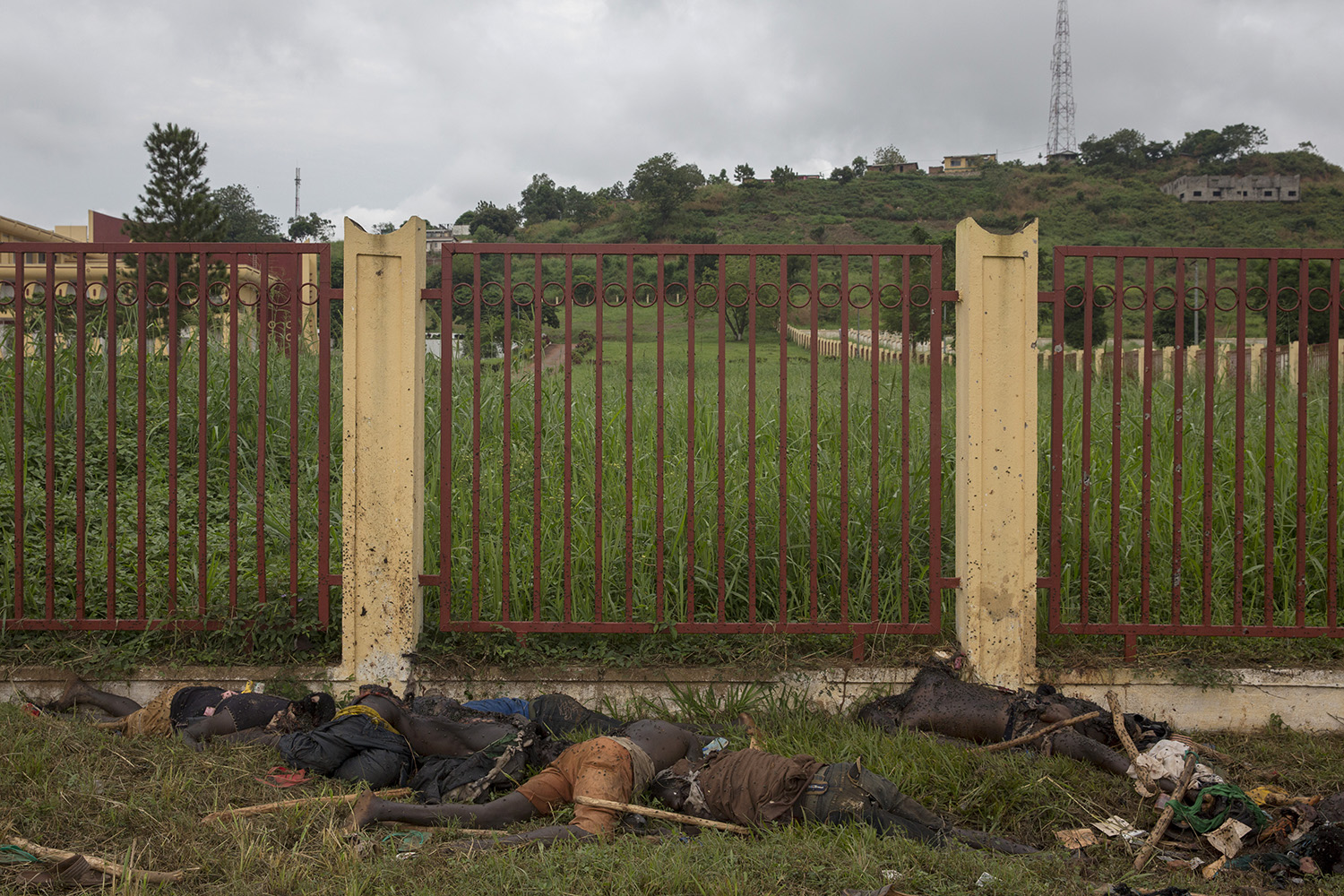
Friday, Dec. 6, 2:30pm EST: We have updated the estimated death toll to reflect the most recent statistics published by the Red Cross. New images by William Daniels have been added to the beginning of the slideshow, and we’ll continue to update this post as newer information becomes available.
The phone rang just before dawn. On the other end, call after call, were voices informing William Daniels, the French photojournalist, of fresh attacks on several districts in Bangui, the ramshackle capital of the crisis-hit Central African Republic. Not a day earlier, on Dec. 4, the fighters he met in the bush, an hour’s walk from the center of town, had said that wouldn’t happen: That men with big knives and guns wouldn’t come in to attack the men who attacked them first.
But in this latest bout of bloodshed, Christian vigilantes in self-defense units referred to as anti-balaka (or “anti-machete”) reportedly swung into sections of Bangui previously overrun by Séléka, a disbanded alliance of rebel groups with mostly Muslim fighters. They mercilessly laid into their aggressors and Muslim civilians, exacting revenge for nearly a year of Séléka-instigated instability. Hours later and despite light weaponry, at least when compared to the rocket-propelled grenades and kalashnikovs flaunted by the ex-Séléka, hundreds were feared dead and scores more wounded. Two days later, the Red Cross said it had collected 394 bodies and expected to find more. This, nine months after Séléka barreled into the city, ousting President Françios Bozizé and installing one of their own as his successor. This, mere hours before the U.N. Security Council approved military action by France and other African nations to try to restore law and order.
When the firefights stopped, the enormity of what transpired became apparent. Daniels, 36, had heard a lot, but was kept back until the clamor faded. He ended up at Hôpital Communautaire, its morgue holding some 50 bodies, by an aid worker’s estimate. A tireless staff struggled to mend more than double that figure. “It was very tense. You had to walk in between people lying on the floor,” he told TIME. “They asked us not to stay very long because they didn’t have much space.” The wounds were ghastly: “Some had very, very big cuts on their arms, on their legs.” Some, even, on their backsides. Those, he suspected, the result of machetes as they fled.
He and several colleagues found a similar scene at the Ali Babolo Mosque in the PK5 neighborhood. To get there, the normally aggressive ex-Séléka designated a fighter to safely escort them. Upon reaching the worship site, the man told his brethren: “All the journalists are coming. They’re coming to photograph the dead bodies, so don’t get angry with them.” There, in a small space, were 58 of them; mostly civilians, including four women. “Seeing all those bodies was very shocking,” Daniels said. “Very, very shocking.” The group stayed about 30 minutes.
The staccato of sporadic gunfire could be heard through the afternoon. Once night fell, the city center remained eerily empty. No cars, no people, no noise. For how long, he couldn’t say. After the U.N. resolution was approved, French Foreign Minister Laurent Fabius said the intervention would begin before the next dawn. Some reinforcements did arrive, but Daniels said it’s the ordinary citizens he’ll continue to photograph: “What is most important is to cover the human side of the conflict.” He doesn’t see how this battle, seemingly growing more sectarian as each month passes, could end quickly. Not after he and the other journalists returned to the hospital and counted 40 more bodies. Not after Dec. 5: “What happened today, you can’t go back. There’s no way to go back after that.”
William Daniels is a photographer represented by Panos Pictures. Daniels previously wrote for TIME about his escape from Syria.
Andrew Katz is a reporter with TIME covering international affairs. Follow him on Twitter @katz.
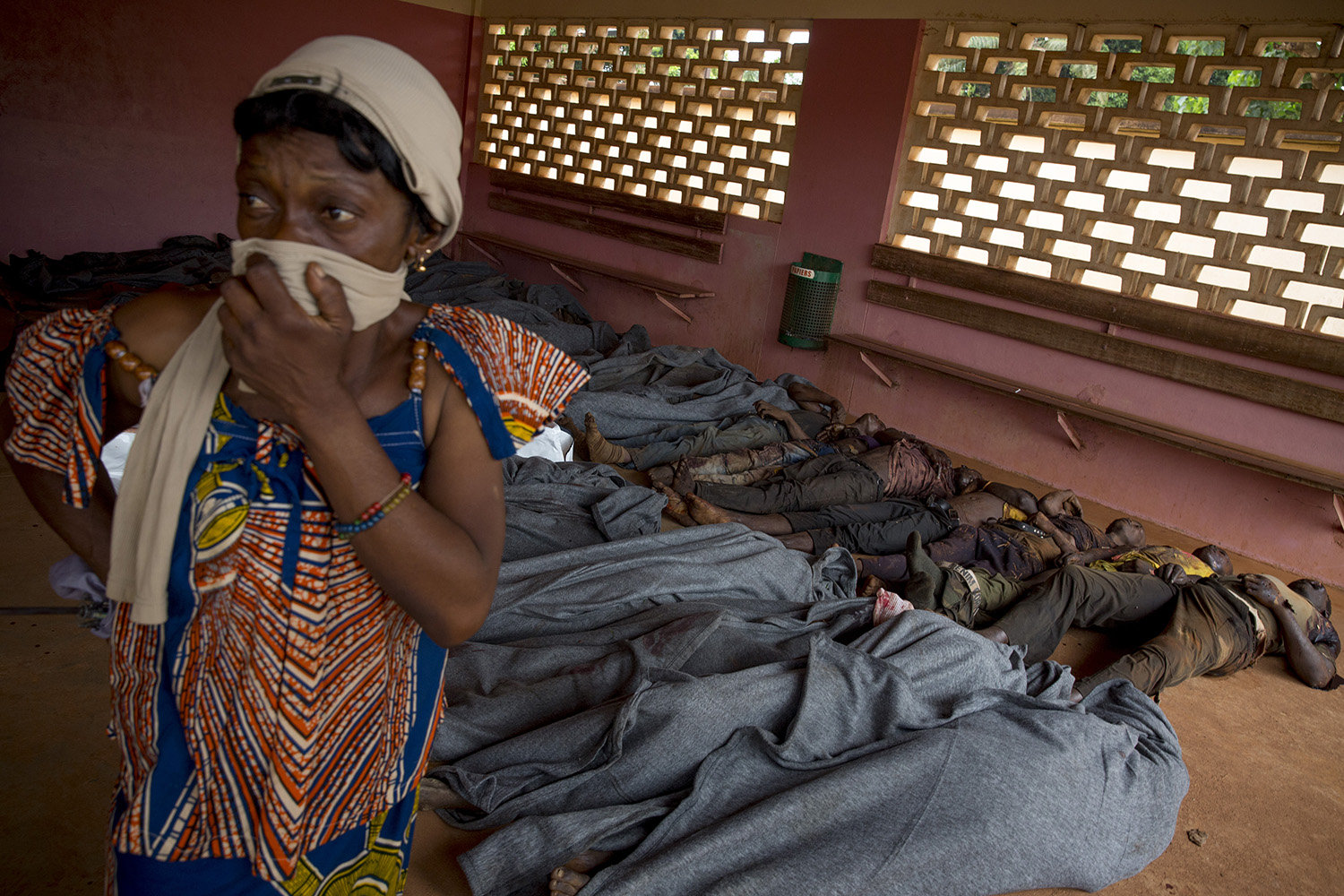



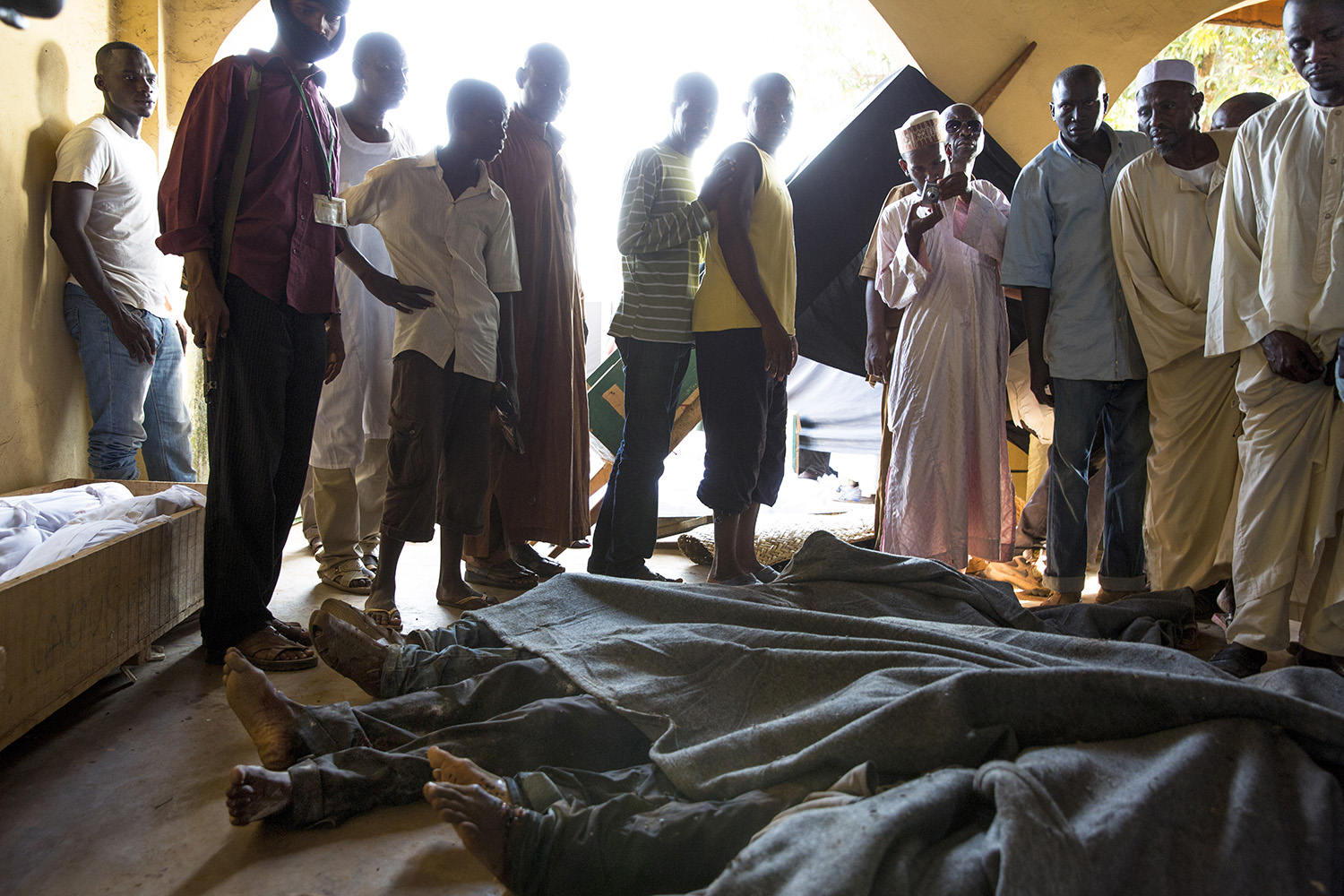
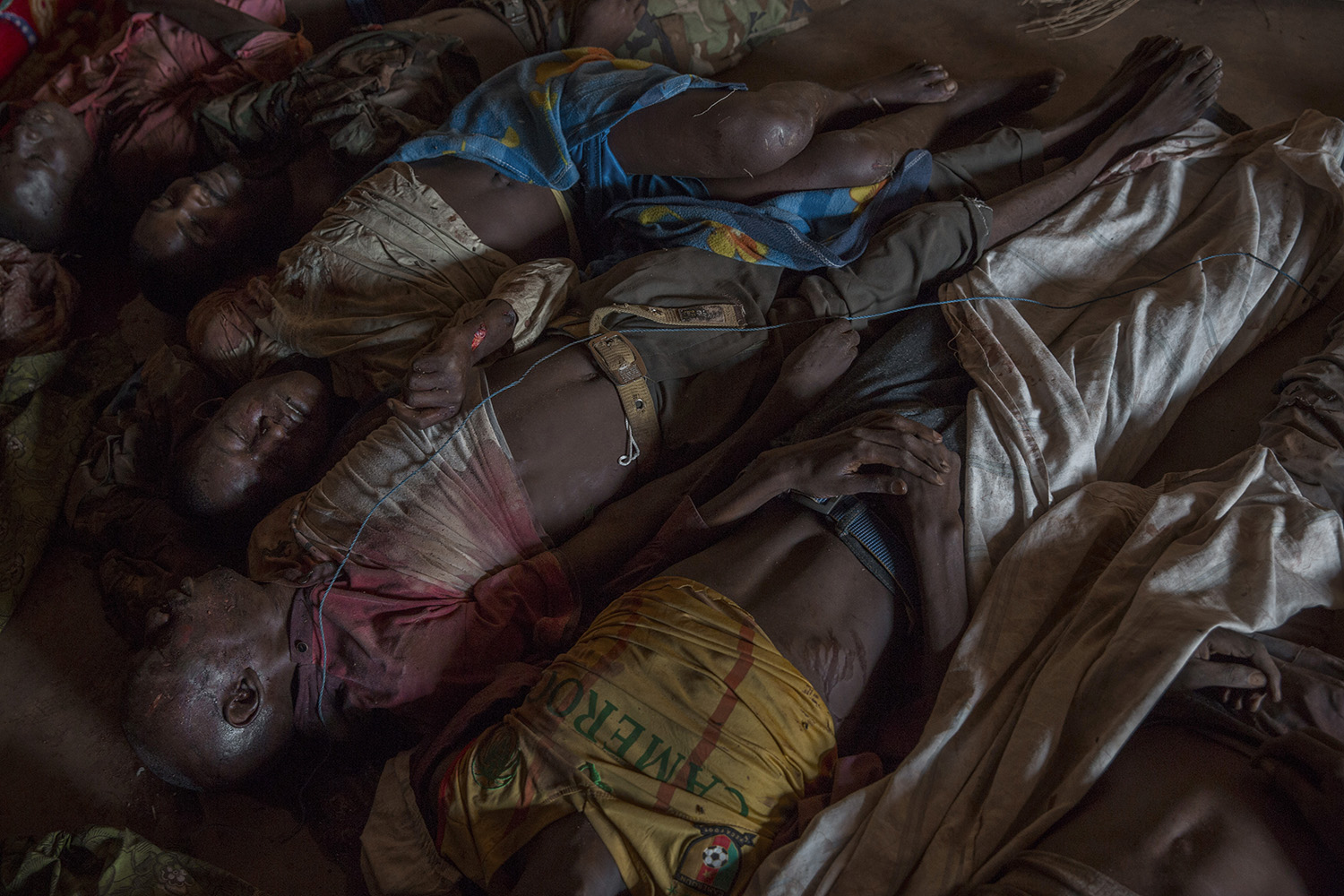


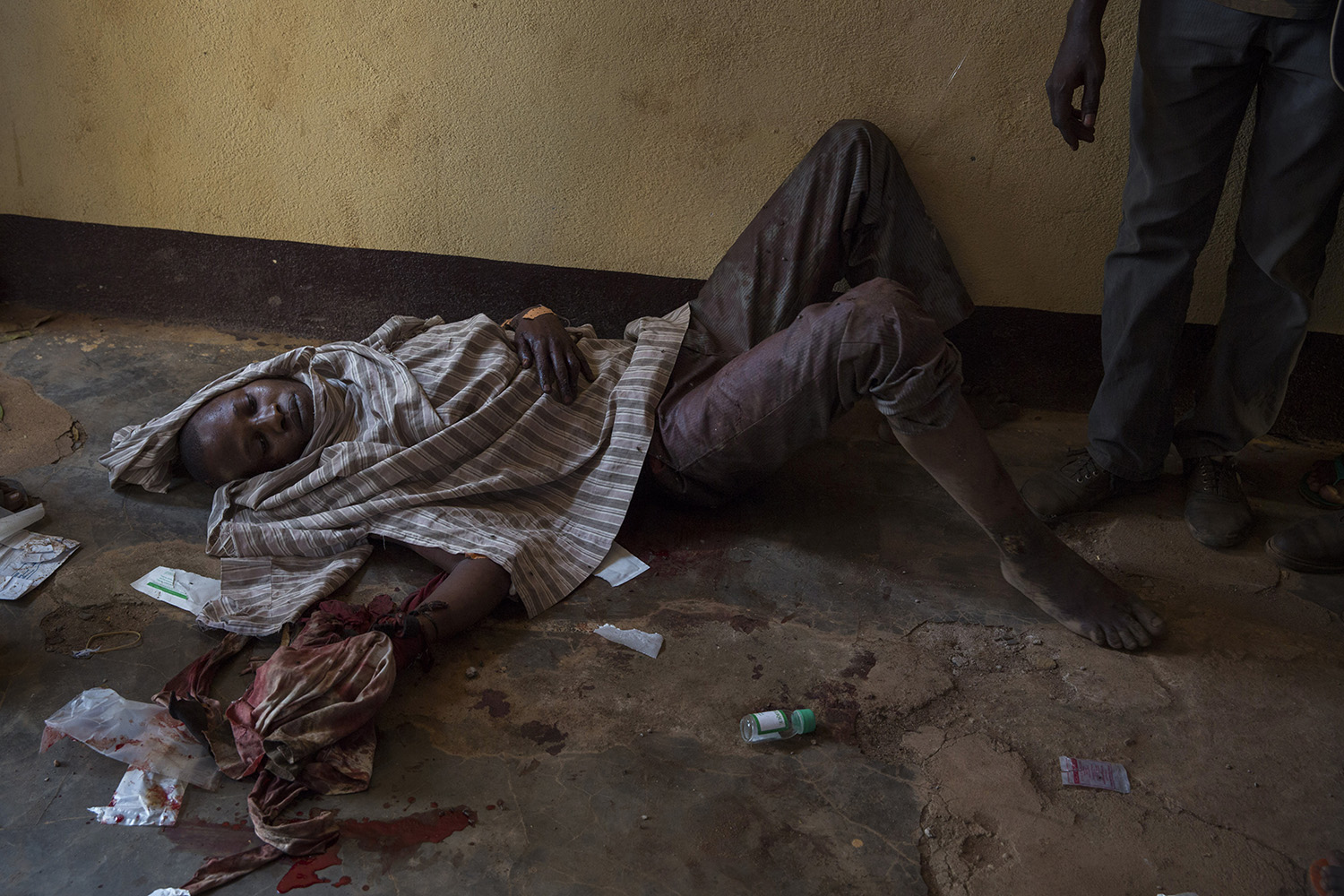
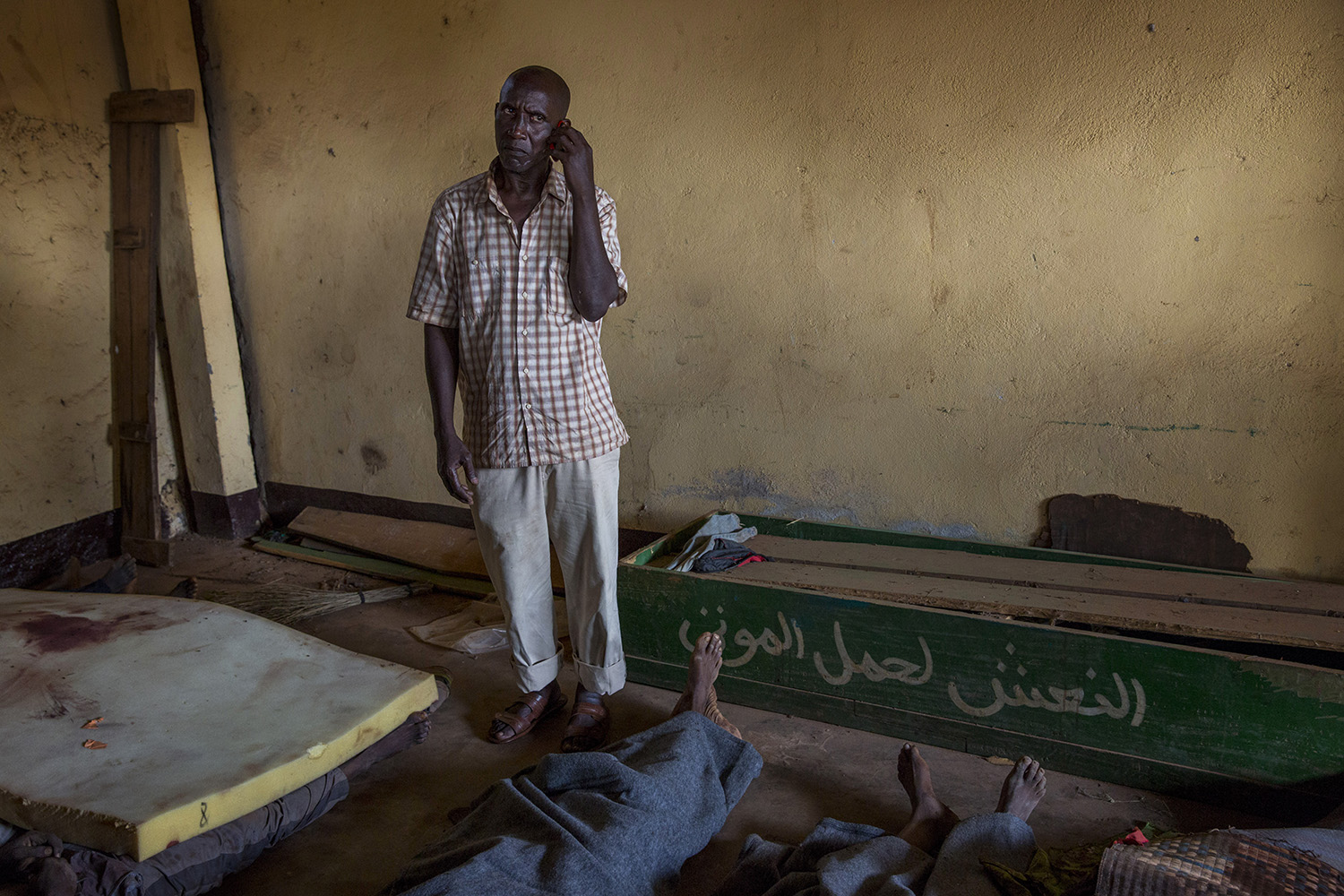
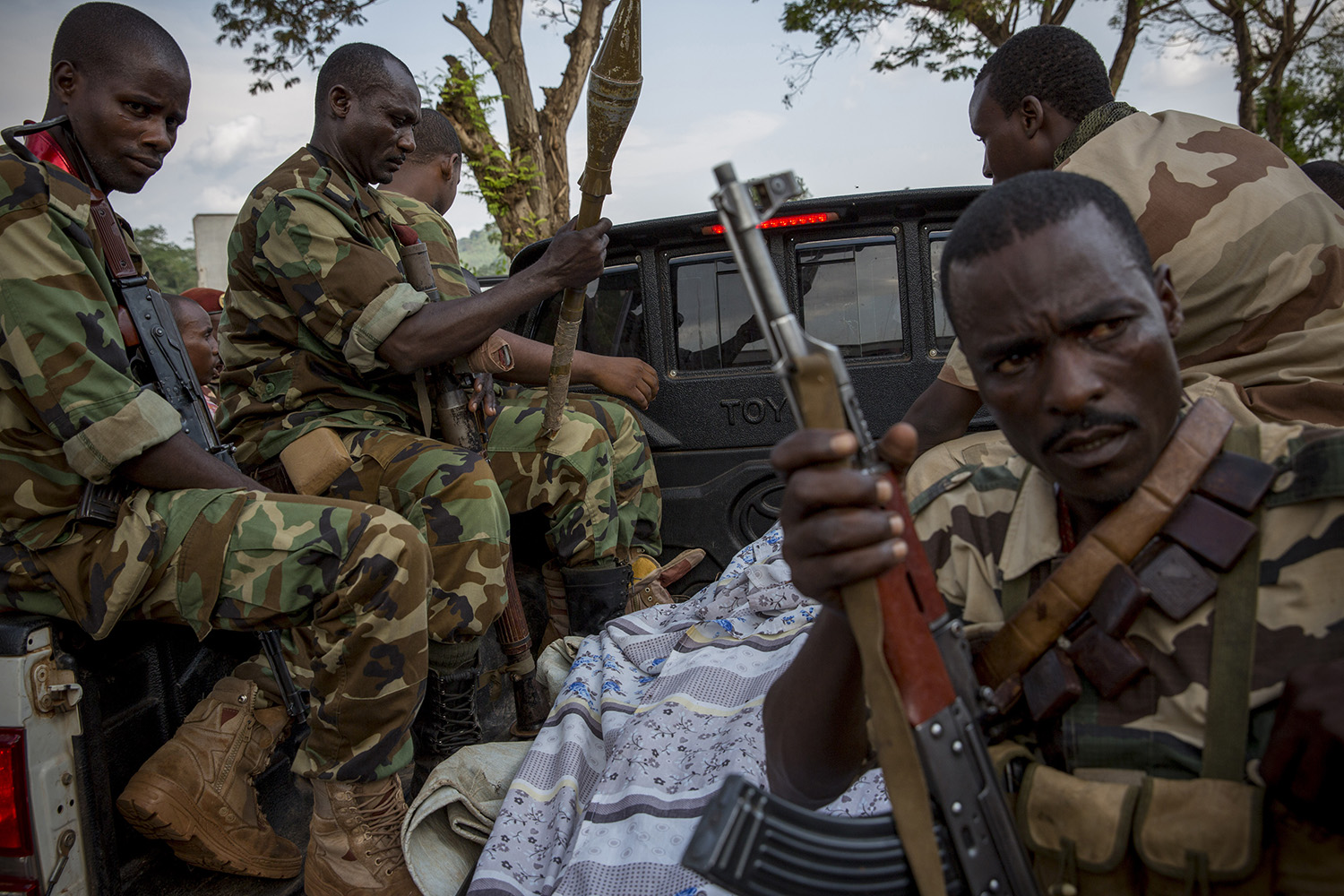

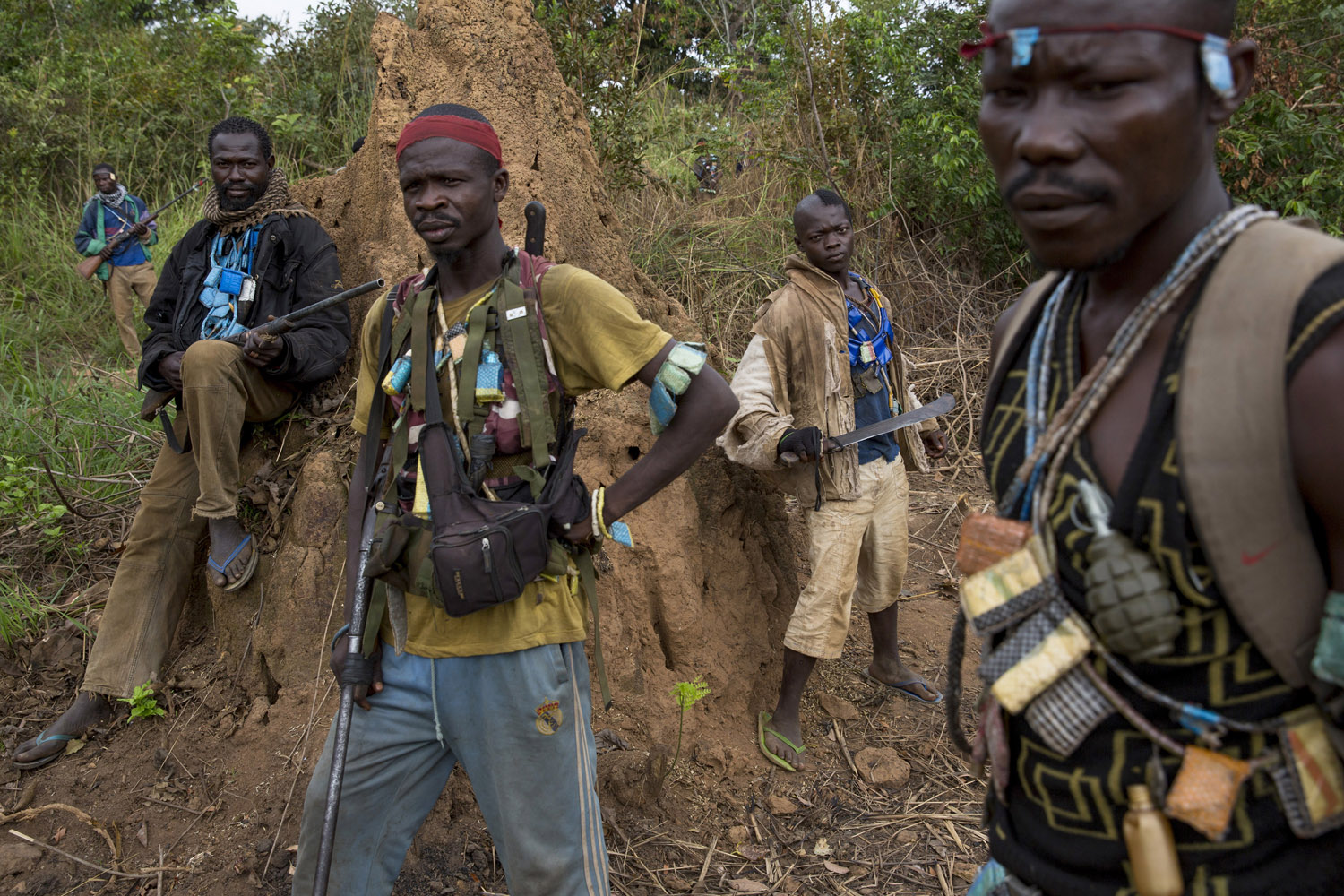

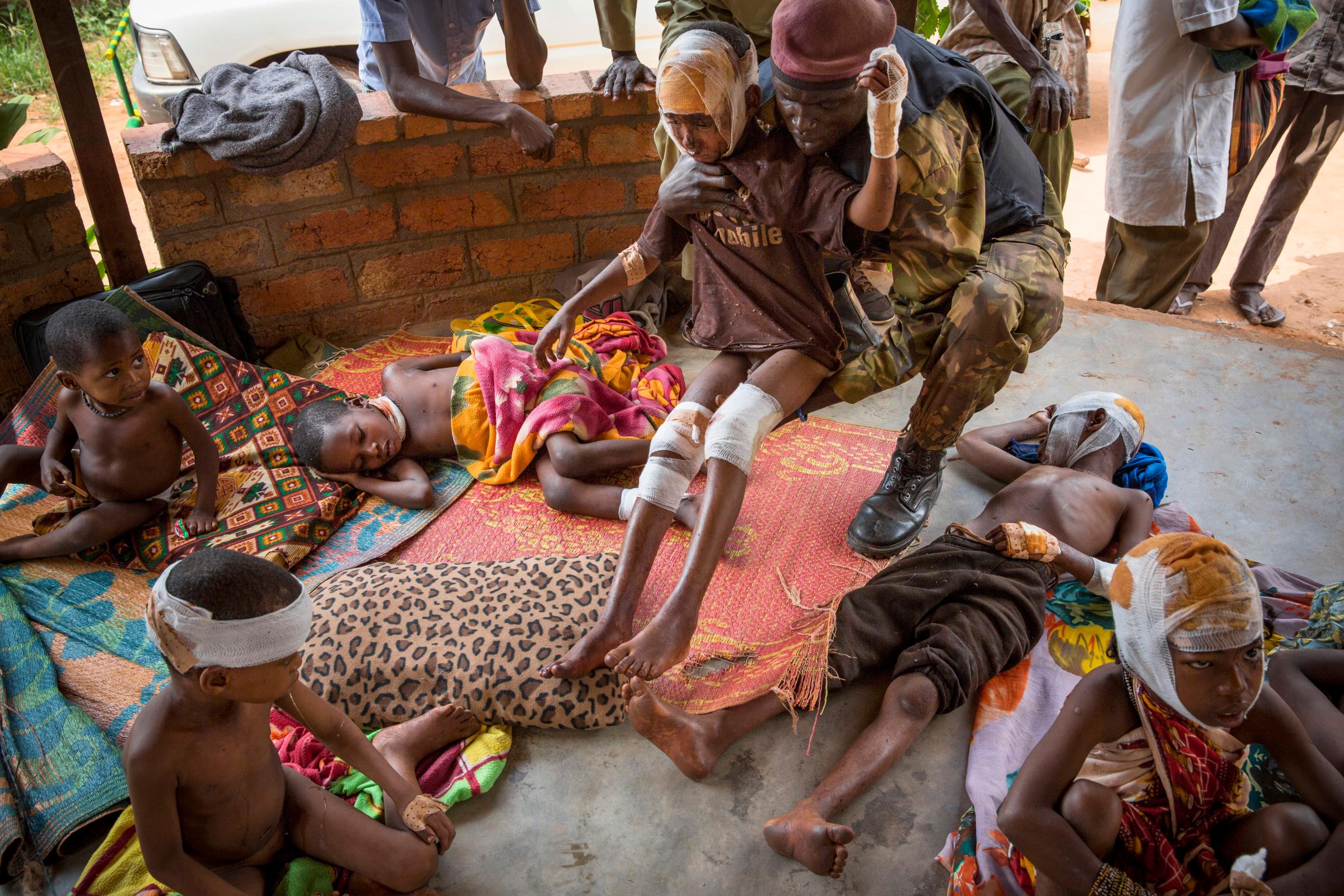
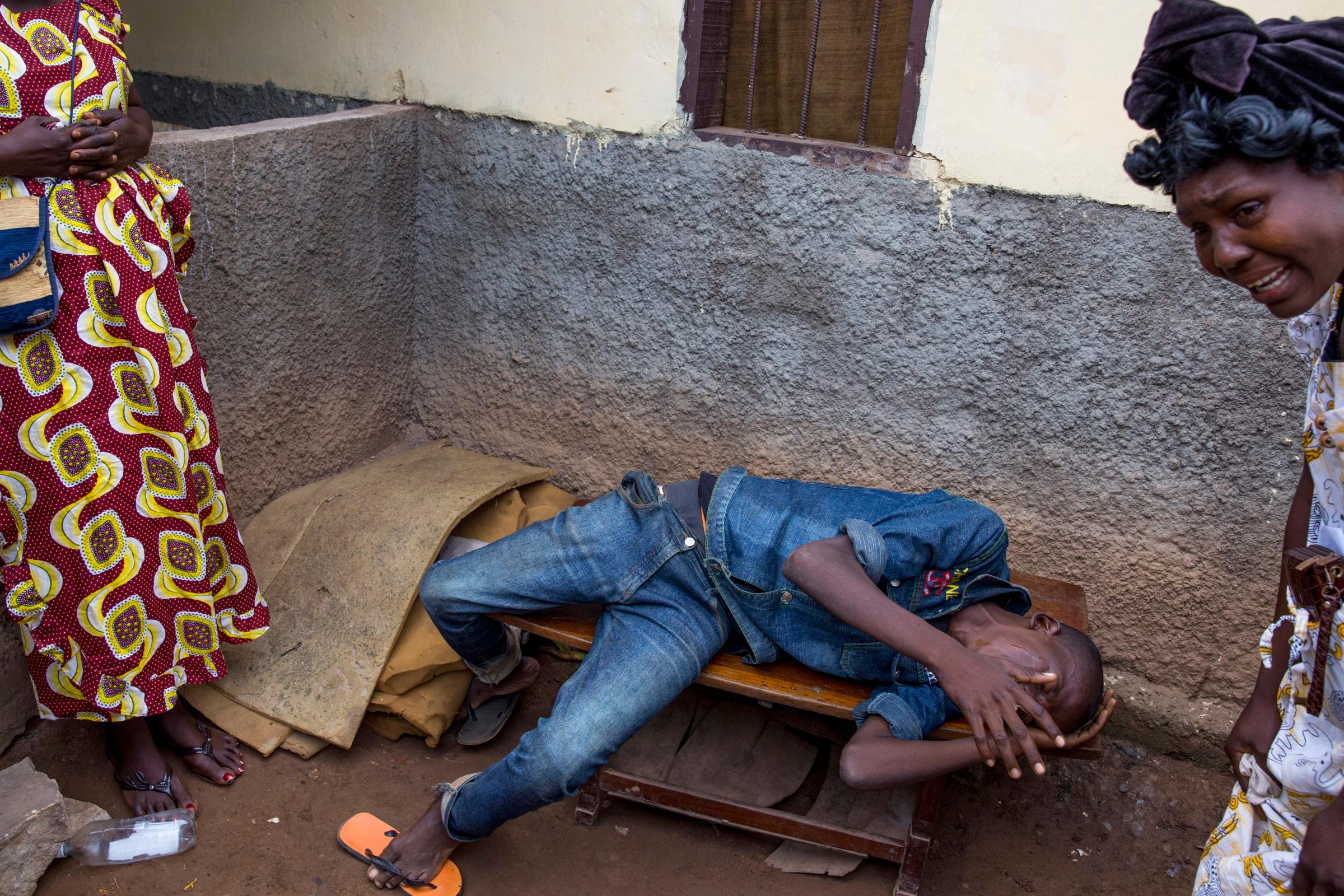
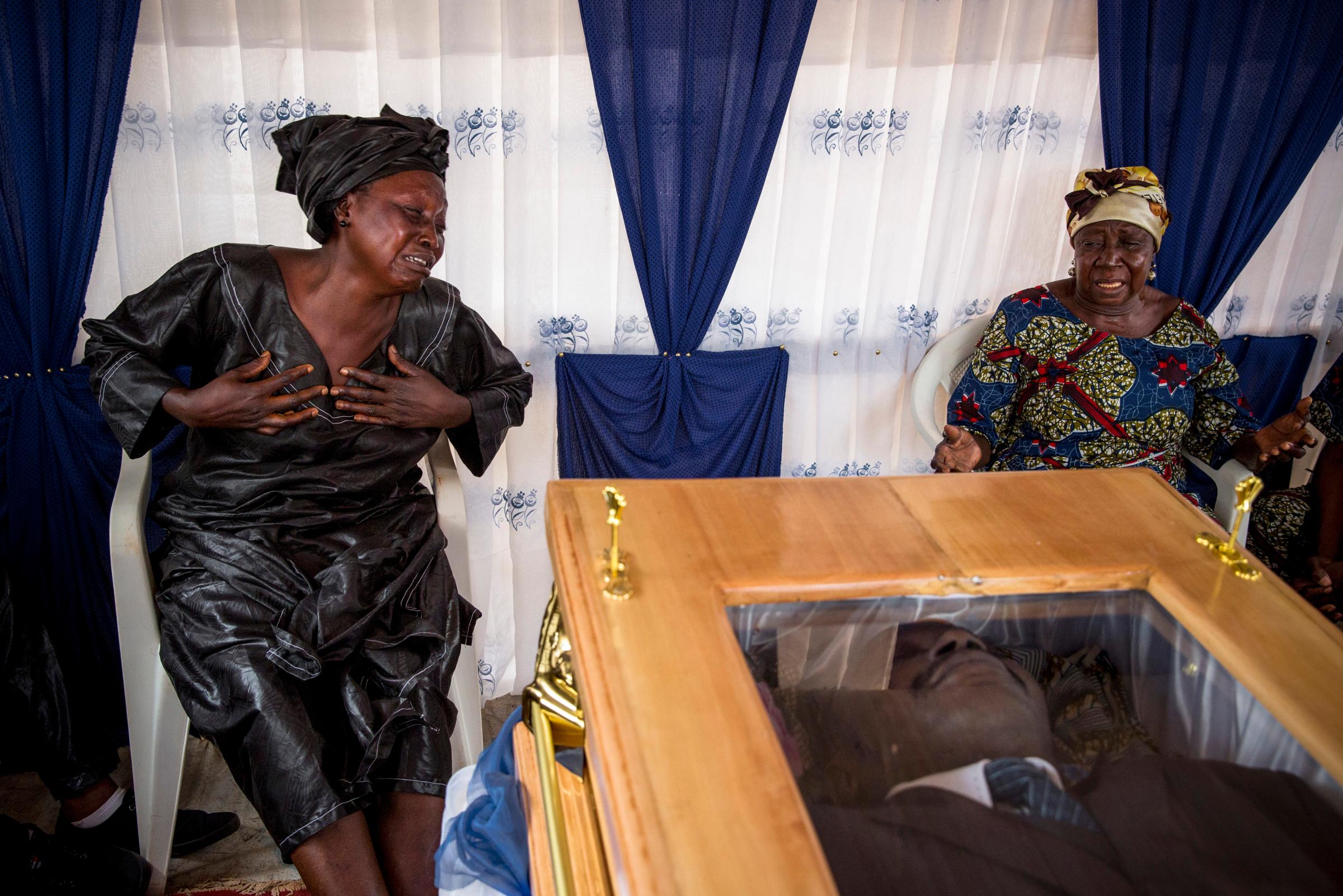
More Must-Reads from TIME
- Donald Trump Is TIME's 2024 Person of the Year
- Why We Chose Trump as Person of the Year
- Is Intermittent Fasting Good or Bad for You?
- The 100 Must-Read Books of 2024
- The 20 Best Christmas TV Episodes
- Column: If Optimism Feels Ridiculous Now, Try Hope
- The Future of Climate Action Is Trade Policy
- Merle Bombardieri Is Helping People Make the Baby Decision
Contact us at letters@time.com